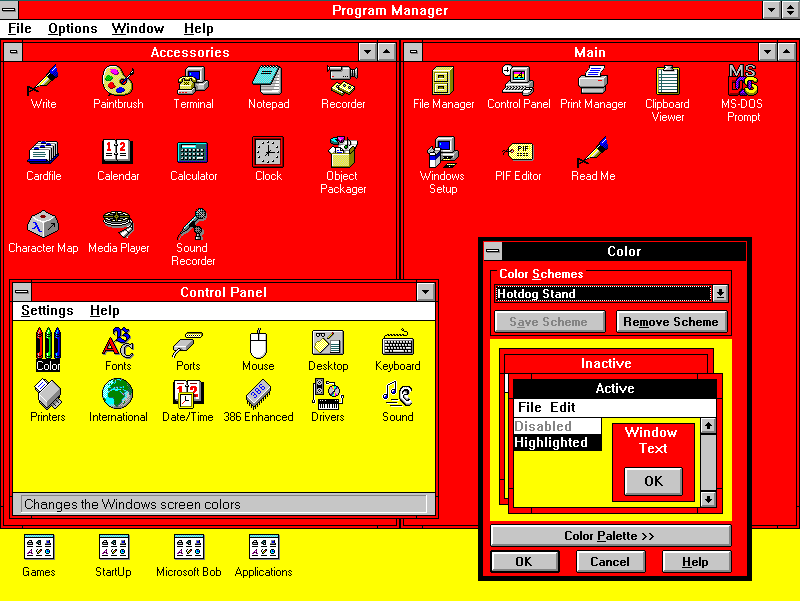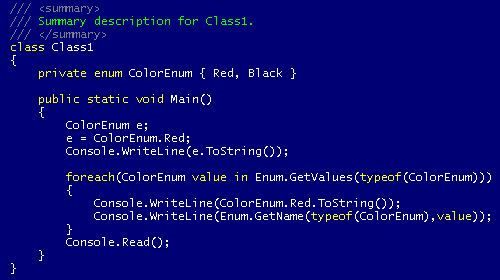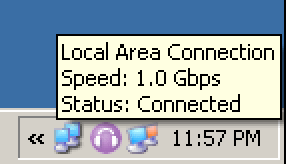software development
Show, Don’t Tell
I picked up a copy of The Best Software Writing I: Selected and Introduced by Joel Spolsky. It’s essentially just a collection of Joel’s favorite blog entries from the last few years. But it’s Joel, so you know they’re going to be good ones. In the



